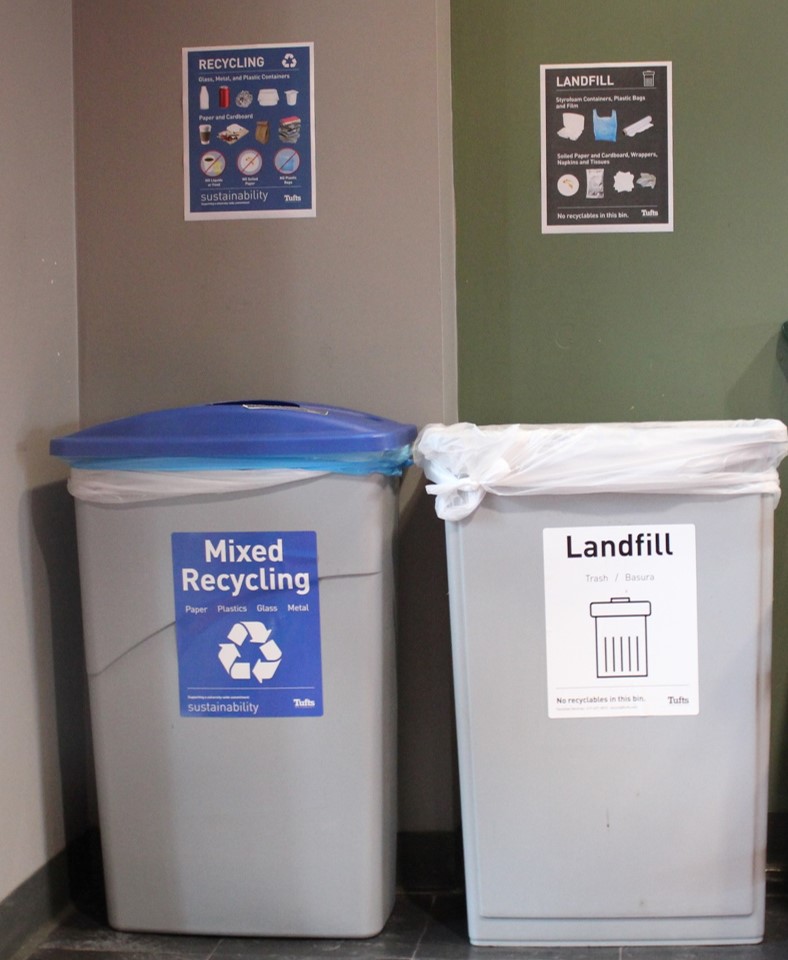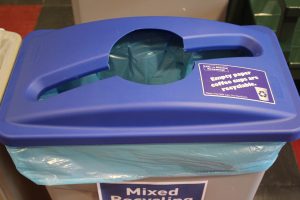Recycling is complicated. Most people see their recyclables taken off of their curbs each week and think that it’s the end of the process, but really it is just the beginning:
- From there, the recyclables are taken to a recycling sorting center, where all of the plastics, papers, and metals are sorted and packaged together with like materials.
- Then the recyclables are sold to manufacturers domestically and internationally on a commodities market.
The above video shows how mixed recycling is sorted.
The Changing Recycling Market in China
Some recyclables end up in China since it is the largest importer of recyclables from around the world. China uses these raw materials to drive their manufacturing based economy. The U.S.—China recycling relationship began when China sent over cargo ships full of exports to the U.S. and instead of sending those ships back to China empty, the U.S. began sending back discarded recyclables.
Beginning in 2013, China began regulating what recyclables were coming into the country, because historically most of the recycled materials that were sent to China were unsorted, contaminated with non-recyclable materials, and contained hazardous waste. The 2013 policy was known as the Green Fence and random inspections of shipments of recyclables began. The country began to reject shipments if they were contaminated, thus the total amount of recycled material that China receives has declined since 2013. The newest change to recycling policy is the National Sword. In this new policy, the Chinese government has banned 24 materials and has increased the rigor of the inspections.
How does this impact Tufts?
Because of the National Sword, Tufts can no longer use blue bags in the recycling bins. Blue bags are opaque and prevent the recycling sorting facility from being able to see whether they are filled with trash. Instead of throwing out our blue bags, Tufts is repurposing them. Tufts will continue to use the blue bags for trash bags until the blue bags run out.
As consumers and recyclers alike, we all need to make sure that we are properly sorting our recycling from trash. Help us keep our recycling clean so it can actually be used again! This is the only way to ensure that the recycling facility will not reject our recycling.
Never put these items in the recycling bin:
- Liquids
- Food waste
- Plastic bags
Remember these items, and nothing else, go in the recycling bin:
- Paper
- Cardboard
- Glass
- Metal (aluminum)*
- Rigid plastics*
* = If you have a rigid plastic or aluminum to-go container, please rinse or wipe off food waste before recycling it.
For more information on recycling at Tufts visit the Facilities Services – Recycling & Waste Management website or email recycle@tufts.edu.






Find Us On Social Media!